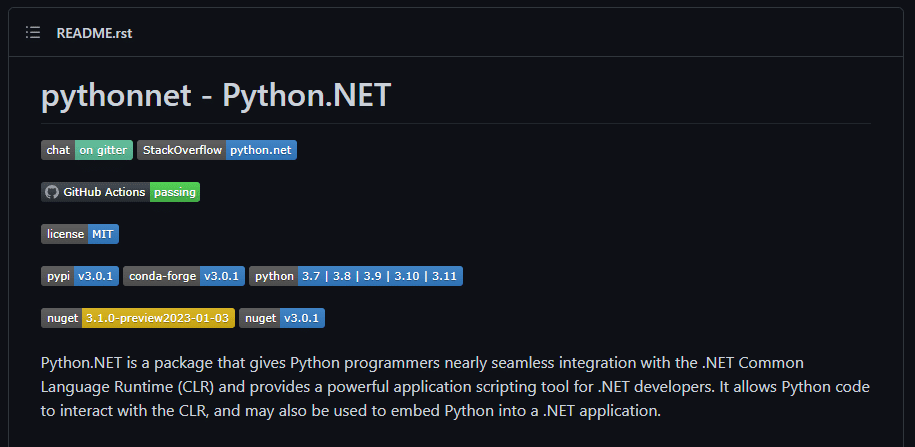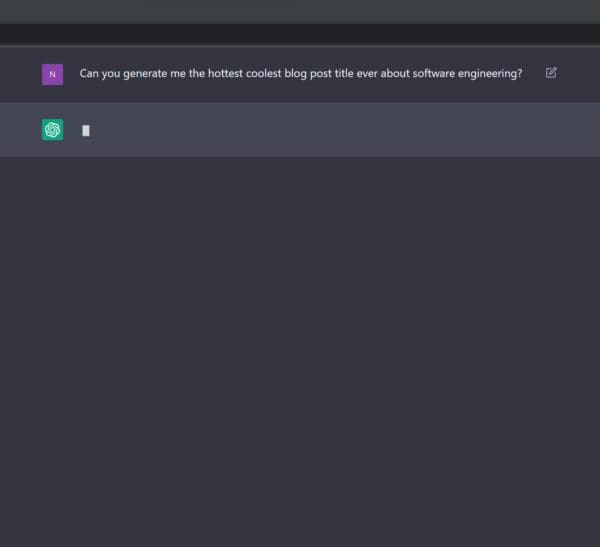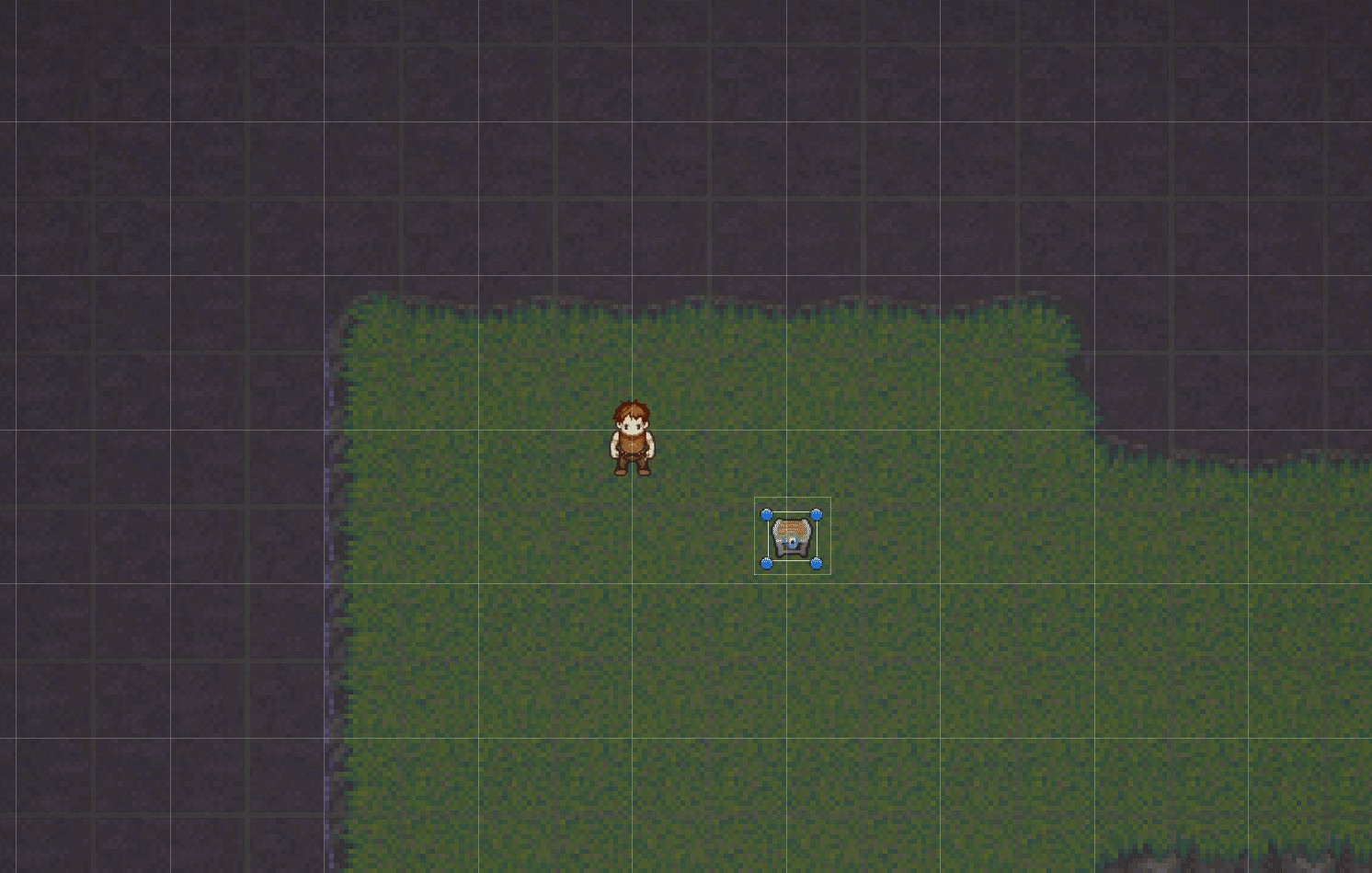Content that is all about programming and coding! Find examples of code often written in C# along with tutorials.
As a C# developer, understanding the different simple data types in C# and when to use them is crucial for writing efficient and maintainable code. I've been trying to spend more time this year putting together some content aimed at really introductory level programming. There's plenty of resources available online, but I want to do my part to ensure I can help break down some of the barriers for people getting started on their programming journey. In this beginner's guide, we will look at the basics of the most commonly used simple data types in C#, including int, float, double, byte, char, bool, and string. We will also look at how these data types differ from each other and when to use them in your C# programming! Integer Data Types The most commonly used integer data types in C# are…
(This article is intended to be a spiritual successor to this previous entry, and now includes Tasks!) Even if you're new to C#, you've probably come across at least one of Tasks, Threads, or BackgroundWorkers. With a bit of additional time, it's likely you've seen all three in your journey. They're all ways to run concurrent code in C# and each has its own set of pros and cons. In this article, we will explore how each one operates at a high level. It's worth noting that in most modern .NET applications and libraries you'll see things converging to Tasks. The Approach I've gone ahead and created a test application that you can find here. Because this is in source control, it's possible/likely that it will diverge from what we see in this article, so I just wanted to offer…
Python is a powerful and versatile programming language that has become increasingly popular. For many, it's one of the very first programming languages they pick up when getting started. Some of the highest traffic posts on my blog many years after they were written look at using C# and Python together. Today we're going to explore how you can use Python from inside a C# .NET Core application with much more modern approaches than my original articles. Enter Pythonnet! Pythonnet Package & Getting Started We're going to be looking at Python for .NET in order to accomplish this goal. This library allows you to take advantage of Python installed on the running machine from within your .NET Core applications. You must configure it to point at the corresponding Python DLL that you'd like to use, and after a couple of…
If you have an internet connection then you have probably heard of ChatGPT from OpenAI by now. Odds are you might have even given it a whirl to see what it's all about. Personally, I know that I was quite skeptical at first but I've been blown away at how well it's able to converse about topics I ask it. I've even asked it to generate various scenarios for me and it will conclude by explaining why the different facets it chose were good choices. Incredible stuff. I'll be using this to help chip away at content for my role playing game. When it comes to using OpenAI effectively, I have a great deal to learn. It's all very new to me, especially with respect to how to structure prompts and get the most out of the interactions with such…
If you're building a 2D game in Unity3D, odds are you've come across the TileMap component. The TileMap is a powerful tool that allows you to create a grid of tiles that you can render your tiles with instead of hand-placing individual game objects with sprites. It has a host of built in functionality that you might otherwise find yourself manually writing, like mapping coordinates to particular cells on a map. And what's even cooler about using a TileMap? You don't need to handroll your own editor to paint tiles! I think I'd pass on having to do that. But have you found yourself in a situation where you want to get all of the painted tiles on a TileMap? You may have found it's not quite as obvious as you'd have hoped! What We Have To Work With On…
Unit tests or functional tests? What's the difference and which ones should you be using? Find out in this super quick compare-and-contrast!
As I've been trying to get more YouTube content put together more steadily, one of the themes I'm interested in is doing some behind-the-scenes of the role playing game (RPG) I'm making with some friends in Unity3D. I've found that being able to work on an RPG outside of my regular day job is a really awesome way for me to keep up on my technical skills. I love coding, and the further along I move in my career as an engineering manager, the less time I actually spend writing code myself. I pride myself in being a technical engineering manager, so for me working on this RPG is a great outlet for creativity and practice. I mentioned this in my LinkedIn post here: Persisting Game Objects Across Maps In this video, I focus on one of the challenges the…
Looking for a better way to make Unity3D user interfaces? Love WPF/XAML but not the Unity UI Framework? You probably aren't using Noesis GUI, but you should be!
Modern role playing games (RPGs) can have incredibly complex loot systems. This article introduced a video stream on how to structure cross domain information.
I love dependency injection frameworks ever since I started using them. Specifically, I'm obsessed with using Autofac and I have a hard time developing applications unless I can use a solid DI framework like Autofac! I've recently been working with Xamarin and found that I wanted to use dependency injection, but some of the framework doesn't support this well out of the box. I' was adamant to get something going though, so I wanted to show you my way to make this work. Disclaimer: In its current state, this is certainly a bit of a hack. I'll explain why I've taken this approach though! In your Android projects for Xamarin, any class that inherits from Activity is responsible for being created by the framework. This means where we'd usually have the luxury of passing in dependencies via a constructor and…







